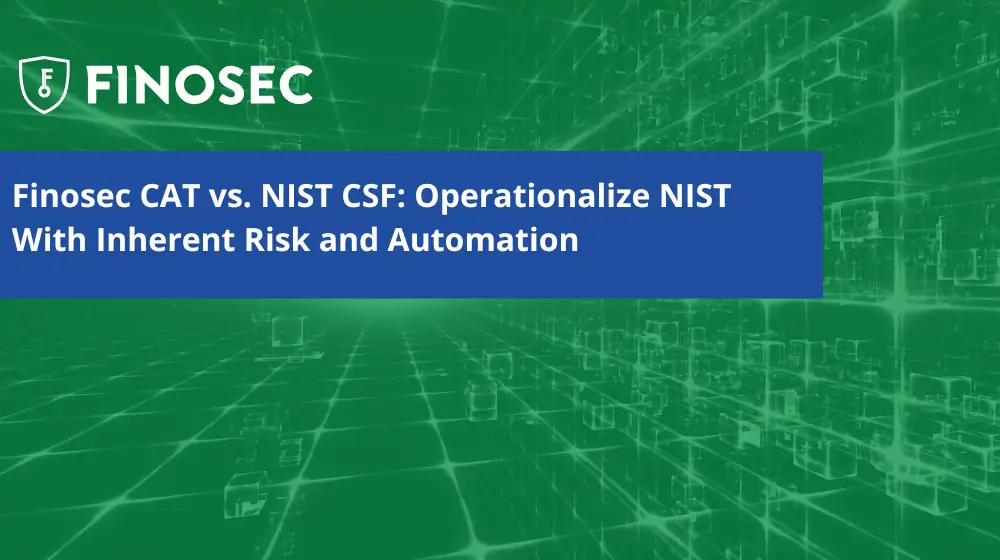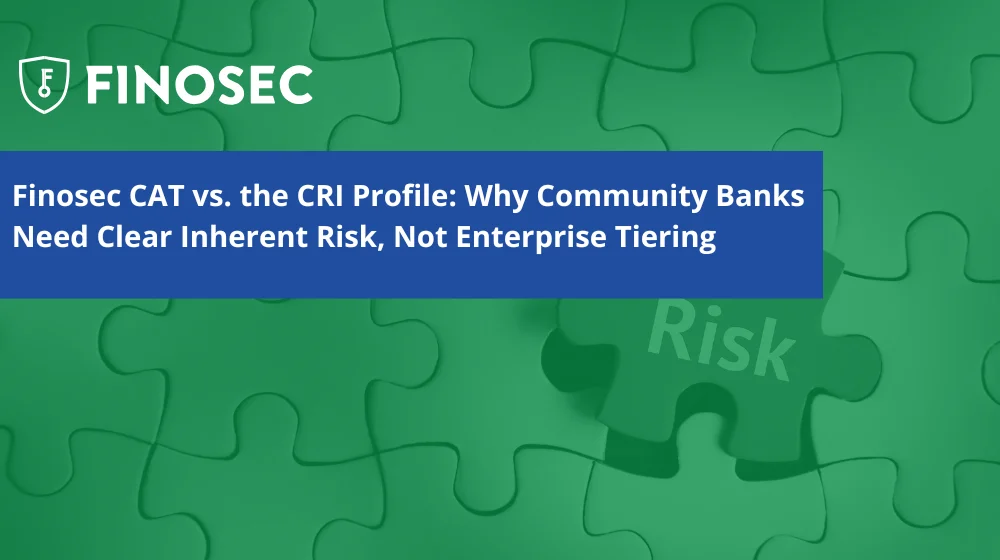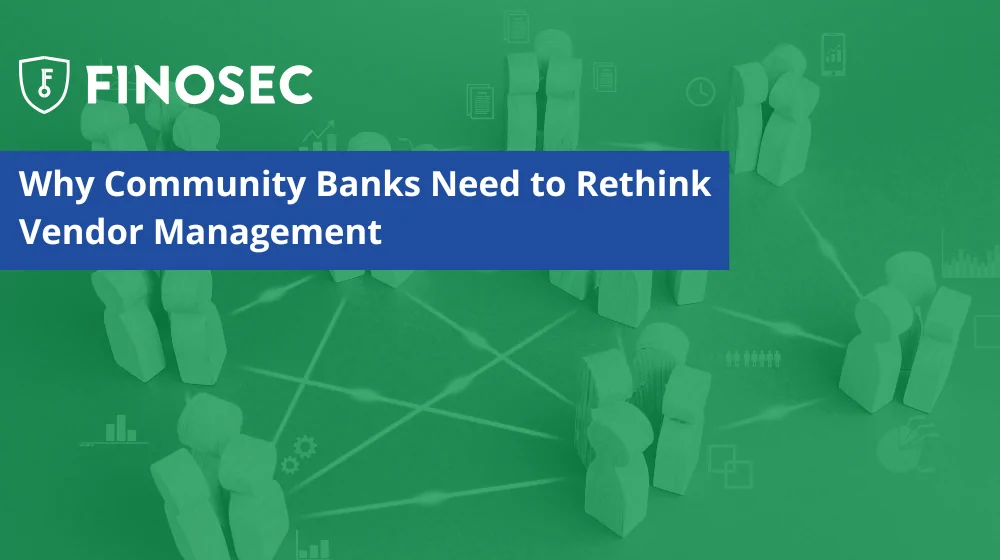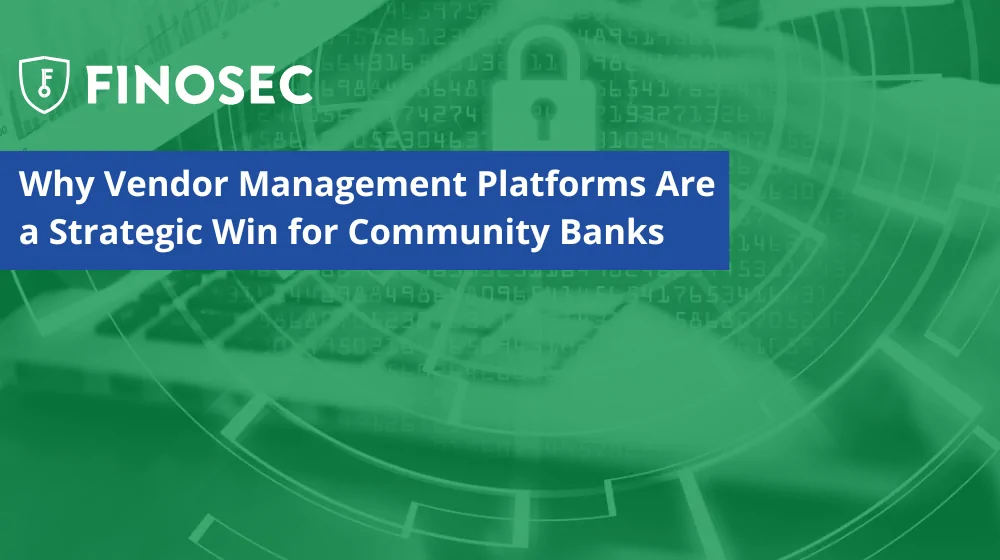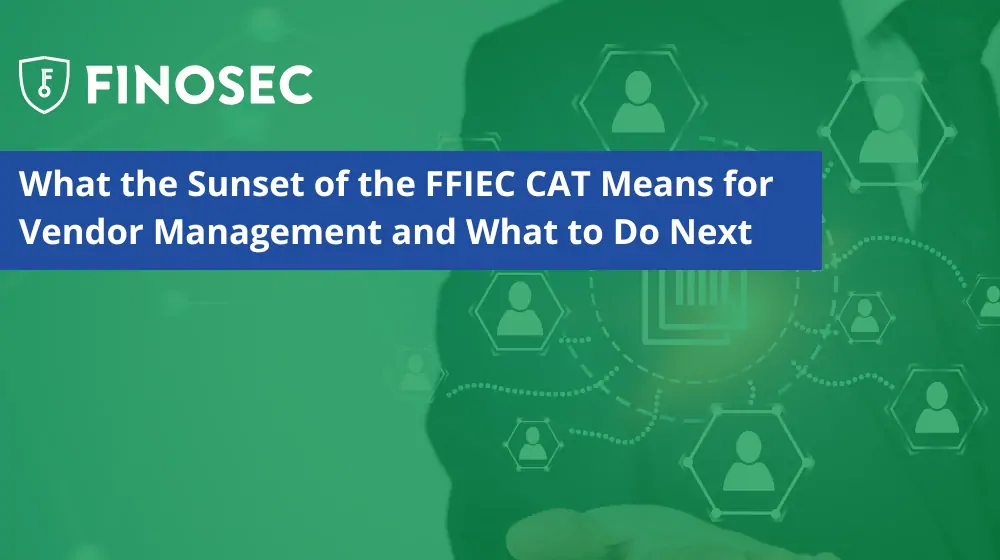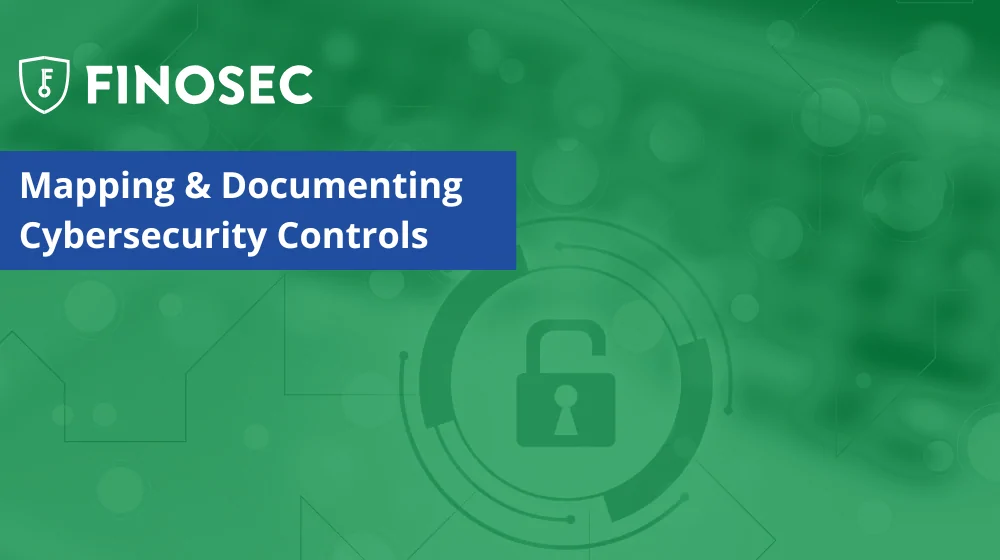Introduction: Navigating the New Cybersecurity Landscape
Welcome to the first installment of our in-depth three-part series, building upon our November 14th webinar on the new Ransomware Self-Assessment tool (R-SAT v2.0). The new R-SAT was released by the Conference of State Bank Supervisors in mid/late October.
This series is specially crafted to offer actionable insights into effectively implementing and maximizing the benefits of R-SAT v2.0 in your institution. If you missed the educational webinar, it is still available on-demand. Click here to review our training series. Please take a look and let us know if/how we can best help with streamlining your information and cybersecurity governance program.
Key Points of R-SAT v2.0: What You Need to Know
- Complete the Assessment
It’s imperative to thoroughly complete the R-SAT v2.0. The tool is designed not just for Compliance or to check a box but as a cornerstone for your cybersecurity strategy. Ensure that every question is answered comprehensively. - Regular Updates
Keeping the R-SAT v2.0 up to date is crucial. Cybersecurity is a dynamic field, and the tool’s effectiveness hinges on it being current. Schedule regular reviews to ensure all information remains relevant and accurate. - Qualified Personnel
Assign the task of completing the R-SAT v2.0 to a qualified individual within your team. Realistically, you may end up with several team members and 3rd party partners working together. This ensures that the assessment is not only complete but also reflects an in-depth understanding of your institution’s cybersecurity posture. - Report Gaps
Any gaps identified through the R-SAT v2.0 should be promptly reported to your IT oversight committee. This encourages transparency and allows for strategic discussions on addressing vulnerabilities. - Expanded Questionnaire
Be aware that the question count in the R-SAT v2.0 has increased from 16 to 20. This expansion allows for a more detailed and comprehensive assessment of your cybersecurity readiness. - Revised and New Questions
The questions in the R-SAT v2.0 have been rewritten for clarity, and new sub-questions have been added. Several of these will require a careful and thoughtful response to ensure that every aspect of your cybersecurity measures are adequately addressed.
For a more comprehensive understanding, the webinar from November 14th is available as a supplementary resource, but the key points outlined here are designed to provide immediate guidance and action items. Click here to review our training series.
Over the next several weeks, we’ll outline more highlights from the R-SAT v2.0 with direct, actionable advice. As you progress through this series, we encourage you to investigate and implement the insights and strategies that fit your situation.
Ready to elevate your cybersecurity strategy? Our Governance 360 platform simplifies the complexity, ensuring that your assessments are thorough, up-to-date, and actionable. With our expert guidance, user-friendly tools, and dedicated support, we empower your information security team to identify gaps, streamline reporting, and stay ahead of the curve. Don’t just assess — excel with Finosec’s partnership. Connect with us today to see how we can transform your cybersecurity preparedness into a strategic advantage. For more information click here.

